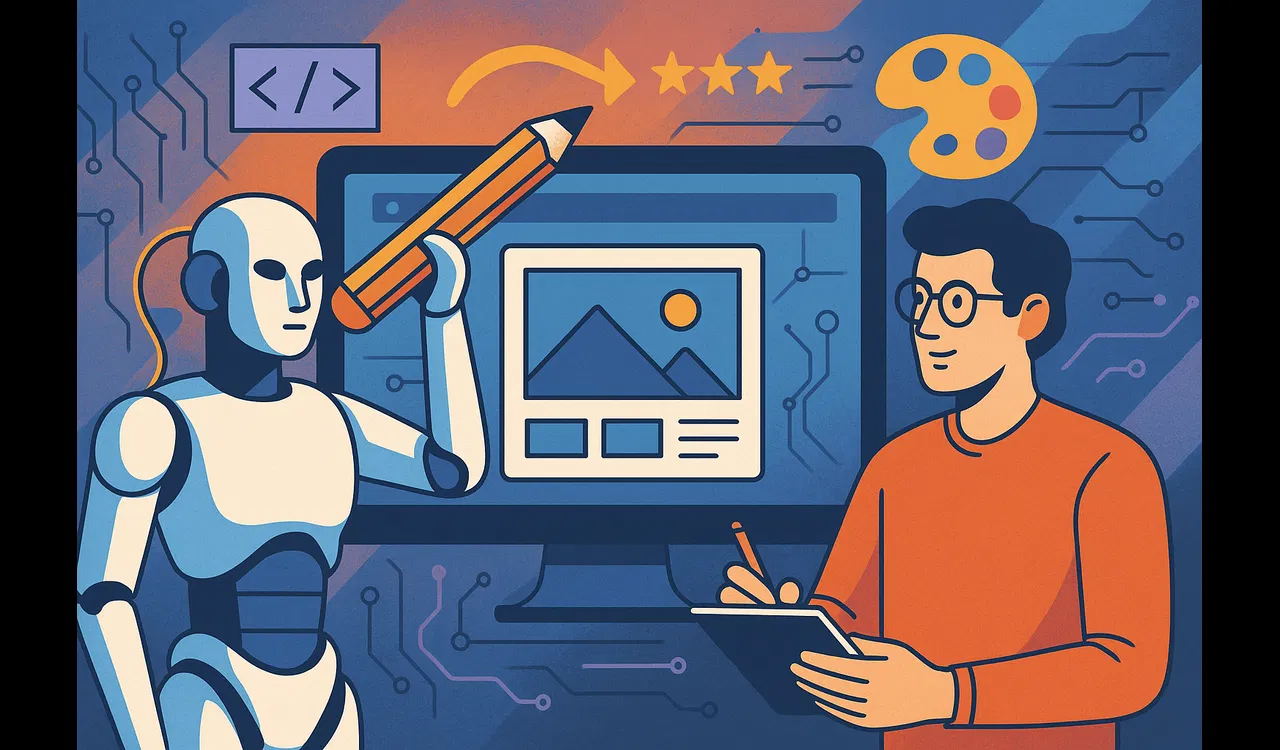What is Agile?
Agile is a software development methodology that emphasizes flexibility, customer collaboration, and rapid delivery of working software. It was formalized in the Agile Manifesto in 2001, which outlined four key values:
- Individuals and interactions over processes and tools
- Working software over comprehensive documentation
- Customer collaboration over contract negotiation
- Responding to change over following a plan
While these values provide a foundation, they leave room for interpretation. This has led to many different "faces" of Agile, each with its own strengths and weaknesses.
Scrum: The Popular Face
Scrum is perhaps the most widely recognized face of Agile. It provides a structured framework with specific roles (Product Owner, Scrum Master, Development Team), ceremonies (Sprint Planning, Daily Standup, Sprint Review, Sprint Retrospective), and artifacts (Product Backlog, Sprint Backlog, Increment).
Scrum works well for teams that need structure and clear guidelines. It's particularly effective for projects with changing requirements, as it allows for regular reassessment and adjustment through its sprint cycles.
However, Scrum can sometimes feel rigid, especially for teams that value autonomy. The prescribed roles and ceremonies can feel like unnecessary overhead for small teams or simple projects.
Kanban: The Visual Face
Kanban takes a more visual approach to Agile. It uses a board with columns representing different stages of work (e.g., To Do, In Progress, Done) and cards representing individual tasks that move across the board as they progress.
Kanban's strength lies in its simplicity and flexibility. There are no prescribed roles or ceremonies, just a focus on visualizing work, limiting work in progress, and continuously improving flow.
This makes Kanban ideal for teams that handle a steady stream of incoming requests, such as support or maintenance teams. It's also well-suited for teams that prefer a less structured approach than Scrum.
Lean: The Efficient Face
Lean software development applies principles from lean manufacturing to software development. It emphasizes eliminating waste, amplifying learning, deciding as late as possible, delivering as fast as possible, empowering the team, building integrity in, and seeing the whole.
Lean is particularly effective for teams focused on efficiency and continuous improvement. It encourages a mindset of constant learning and adaptation, which can lead to significant improvements in productivity and quality over time.
However, Lean requires a high level of discipline and commitment from the entire team. It's not a methodology you can implement halfway; it requires a fundamental shift in thinking and working.
XP (Extreme Programming): The Technical Face
Extreme Programming focuses on technical excellence and customer satisfaction. It includes practices like pair programming, test-driven development, continuous integration, and frequent releases.
XP is ideal for teams that value technical quality and close collaboration. Its practices help ensure high-quality code and rapid feedback, which can lead to more reliable software and happier customers.
However, XP's technical practices can be challenging to implement, especially for teams without strong technical leadership. It also requires a high level of trust and collaboration, which may not be present in all teams.
Hybrid Approaches: The Customized Face
Many teams find that no single Agile methodology perfectly fits their needs. Instead, they adopt a hybrid approach, taking elements from different methodologies to create a customized process.
For example, a team might use Scrum's sprint structure and ceremonies but incorporate XP's technical practices and Kanban's visual board. This allows teams to tailor their process to their specific context and needs.
The key to successful hybrid approaches is understanding the principles behind each methodology and making informed choices about what to adopt and what to leave out.
Choosing the Right Face
With so many faces of Agile, how do you choose the right one for your team? Here are some factors to consider:
- Team Size and Structure: Larger teams may benefit from the structure of Scrum, while smaller teams might prefer the flexibility of Kanban.
- Project Type: Projects with clear, stable requirements might work well with Lean or Kanban, while projects with changing requirements might benefit from Scrum's regular reassessment.
- Team Culture: Teams that value autonomy might prefer Kanban or a hybrid approach, while teams that value structure might prefer Scrum.
- Technical Context: Teams working on complex technical projects might benefit from XP's technical practices, while teams working on simpler projects might not need them.
Remember, the goal is not to follow a methodology perfectly, but to deliver value to your customers efficiently and effectively. Choose the face of Agile that best helps you achieve that goal.
Conclusion
Agile is not a one-size-fits-all methodology. It has many faces, each with its own strengths and weaknesses. By understanding these different faces, you can choose the approach that best fits your team's needs and context.
Remember, the key to successful Agile implementation is not rigid adherence to a specific methodology, but a commitment to the underlying principles of flexibility, collaboration, and continuous improvement. As the Agile Manifesto states, we value "individuals and interactions over processes and tools." Choose the face of Agile that best supports your team's interactions and helps them deliver value to your customers.



